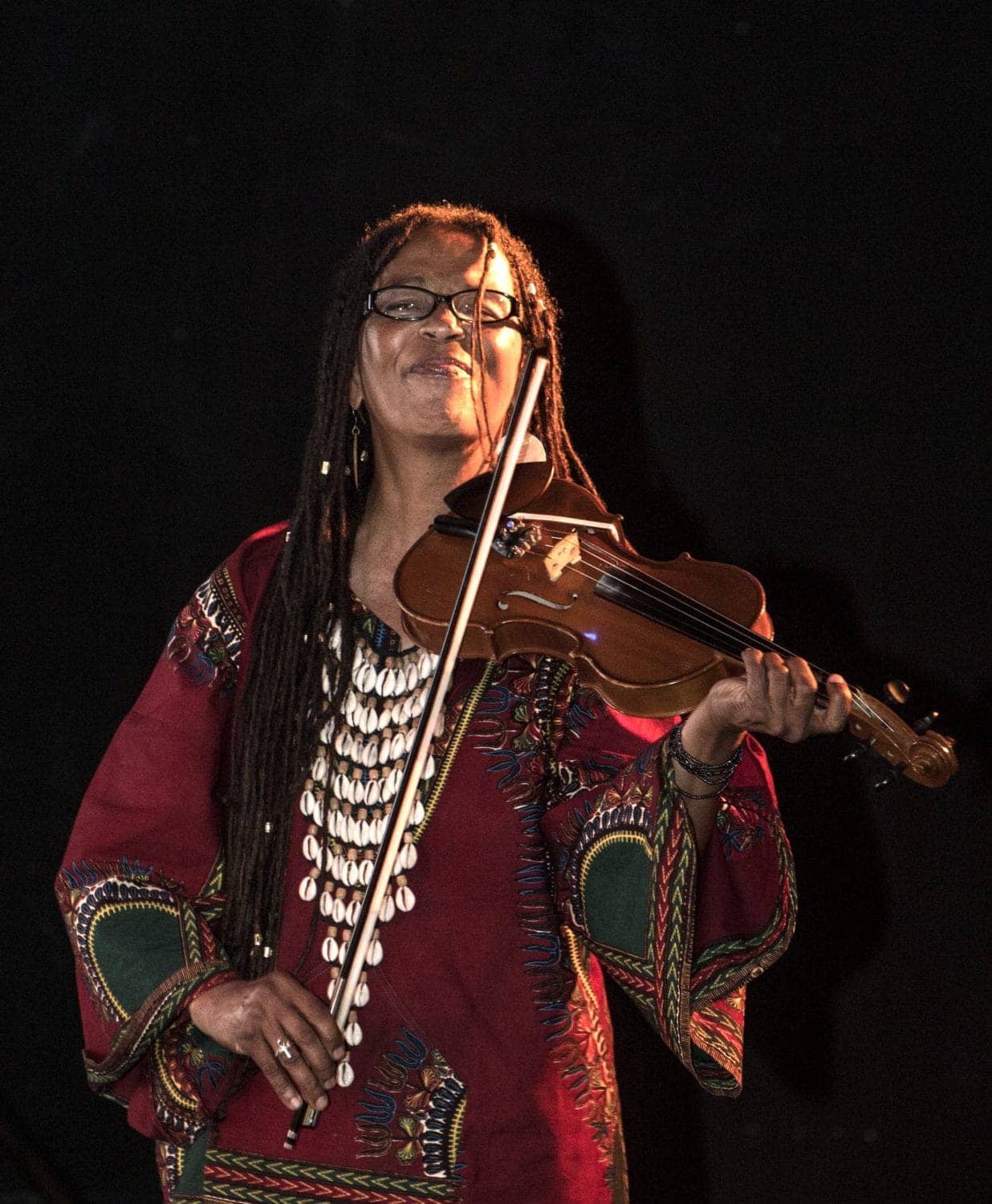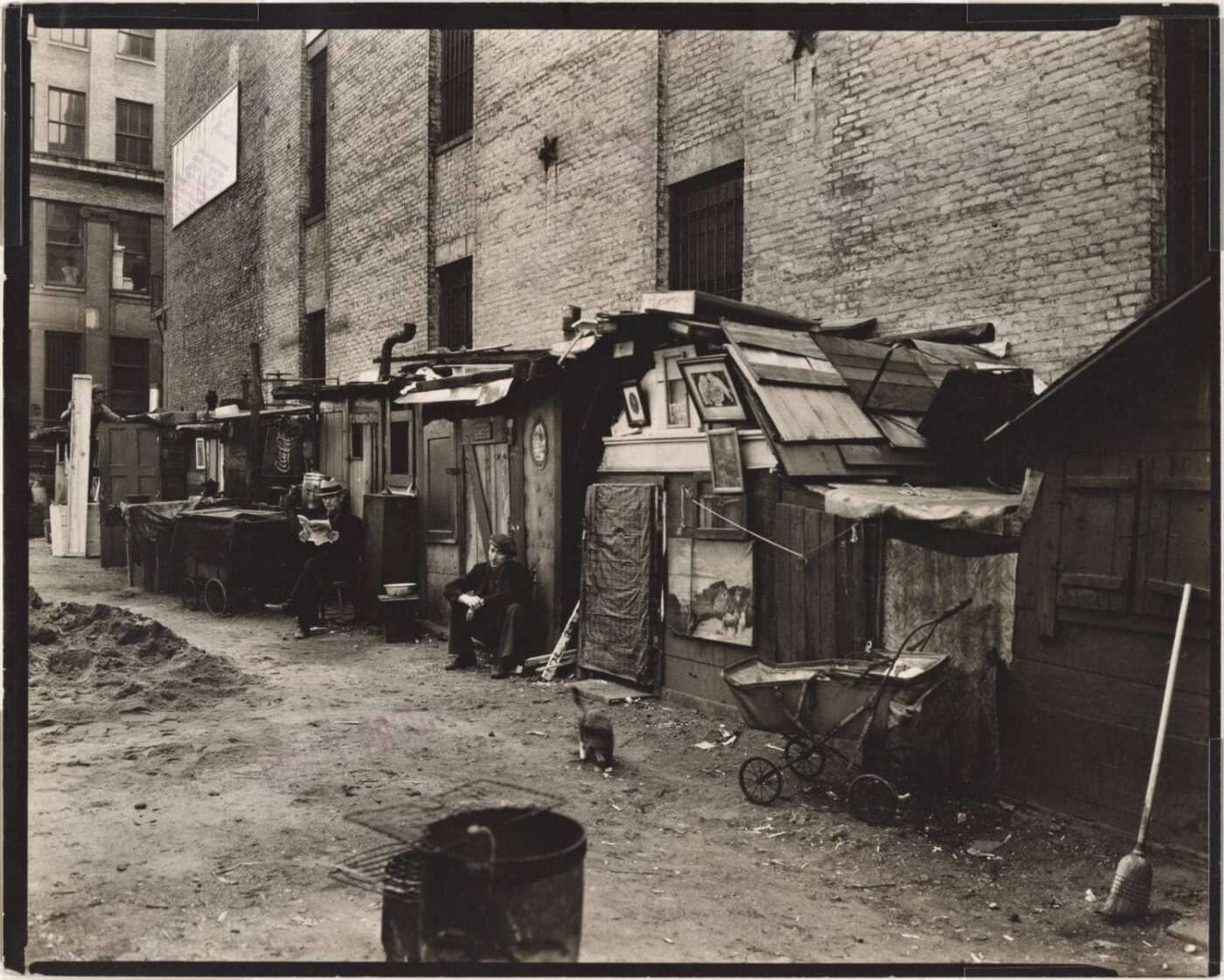
by The Minister of Information JR, Black New World Journalist Collective
“I can say, first of all, we really need to take care of ourselves and stay home. Stay off the streets. Stay away from gatherings. This is really serious,” said the highly regarded visual artist Tarika Lewis, known historically as the first woman to join the Black Panther Party. “I think networking in the Black community is important right now – to reach out to the Black Bay Area and to the East Coast to see what’s goin’ on.
“I think people are doing it; we’re just not hearing about it. We need to make our communication and networking stronger. But first of all, we have to take care of our own personal health. We have to take care of our own bodies first.”
Tarika joined the revolutionary Panther organization alongside her friend Bobby Hutton, the first member. The Black Panther Party for Self Defense was an organization founded in 1966 by Minister of Defense Huey P. Newton and Chairman Bobby Seale in Oakland.
Besides addressing issues such as police terrorism and protesting for an end to the war in Vietnam and other places in the colonized world, the Panthers created health clinics, had food giveaways, organized programs escorting seniors to the grocery store and to cash their checks, as well as they initiated sickle cell anemia testing nationally to address a pandemic that the government ignored that disproportionately affected the Black community. These are just a few examples of how the Black Panthers’ Survival Programs Pending Revolution practically served the Black communities of the U.S.
“I’m reacquainting myself with peace. Since I’m always on the run, this is one of those rare opportunities to dust books off that I haven’t seen in 10 years. I’m reorganizing stuff and cleaning.
“And I’m looking at what foods are going to protect my immune system, like garlic, onions, peppers, greens and fruits,” said Lewis, who works as a music teacher but moonlights as a legendary jazz violinist. “I stay away from fried stuff.
“Every 30 minutes I drink hot tea. Green tea is good to clear your throat. It will clear (COVID-19) out before it gets to your lungs. I’m doing breathing exercises. You can take air in your nose deeply, then out through your mouth. That actually lowers your blood pressure almost immediately. Do it for three or four minutes.”
. . . a few visionaries in our community see the dawn of a people’s revolution – if we can focus our energy and we use the time off, instead of letting the time off use us. It’s all about our social perspective.
Mainstream media is currently talking a lot about people going “stir crazy” on lockdown in their homes, not being able to conduct their lives as freely as they did only a few weeks ago when life did not depend as largely on our access to the internet.
Now most things – from children of all education levels being forced to take cyber classes to an explosion of people signing up for direct deposit at their places of employment, to people ordering deliveries of groceries to avoid the long lines that are a result of the new social-distancing rules that stores have to abide by during the quarantine – depend on the ability of the young and the old to master the different internet applications.
Many are being conditioned by the media to see the coming of an apocalypse, while a few visionaries in our community see the dawn of a people’s revolution – if we can focus our energy and we use the time off, instead of letting the time off use us. It’s all about our social perspective.
“I think that another wave of activism and creativity is being born now, because it is an emergency, a life or death situation that we are faced with directly. We have to find creative solutions. What is our little part in it? We have that ability and always had the ability to be inventors and problem solvers. What can we create?
“Maybe it’s fashion to protect the body. What does the new technology look like? I saw someone today turn old breast pumps into ventilators.”
Mama Tarika, as we affectionately call her in the community, is being a part of the solution by organizing cyber art classes for the students that she taught before the COVID-19 pandemic quarantine.
“Our children are so brilliant and creative. This is our new crop of biologists, chemists, geneticists and physicists. What are the best methods of nurturing this genius? It’s not just about being successful but being problem solvers.
“We have this window of opportunity and we have some people that are doing it. We’ve been preparing to deal with this. We’ve survived many challenges over the years.”
The response to the COVID-19 pandemic and quarantine across the spectrum of the Black Bay Area has varied.
“I think the biggest issue around Black children and education is that our children are already considered multiple grade levels behind. Currently there’s no plan in Oakland as to how they are going to address this academic divide between the students.
“Right now, the divide as it exists between students is that African American students in Oakland come in last place in every success matrix that Oakland uses to determine student achievement,” said Tylicia Hooker, an Oakland educator and the executive director of Boost West Oakland.
Another statistic came out in the mainstream media saying 15,000 students were AWOL from Oakland’s cyber school in a district that is predominantly Black and Brown. What does that mean in the long run? Time will tell.
“I think that all our students’ mental health is at high risk because they have experienced this collective trauma. There should be an investment in student mental health services to support them when they return to school,” said Hooker as she grappled with the severity of a problem that will have a profound effect on the students most importantly, but also on a school system destined to have thousands of students advance to the next grade while thousands more flunk because they did not have the technology to get cyber lessons throughout the pandemic’s quarantine.

My grandfather immigrated from Beaumont Texas, with the rest of his family, to West Oakland when he was 13. “(The homeless situation today) is worse than the Hobo Villages. The Hobo Villages were during the Depression years in the 1930s to 1940, because World War 2 started in ‘41,” said Cleveland Valrey, an 89-year-old veteran of five major wars: the four he was employed to fight in with the military and the caste war that he was born into, being Black in the United States.
He is at extremely high risk for the COVID-19 virus because of his age. His mind wasn’t on his own health as he lamented about the local homeless population that is largely Black.
“In a majority of the Hobo Villages throughout the U.S. they could at least build fires for warmth,” he said after feeling a gust of evening wind in an Oakland quarantined by the COVID-19 epidemic and also dealing with a historically uncharted housing crisis.
The People’s Minister of Information JR Valrey, journalist, author and filmmaker, can be reached at blockreportradio@gmail.com or on Facebook. And tune in to BlockReportTV on YouTube.





